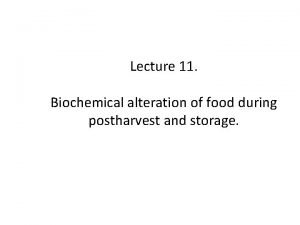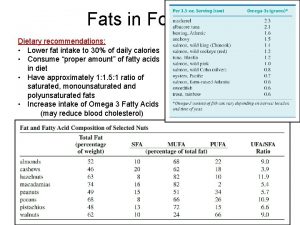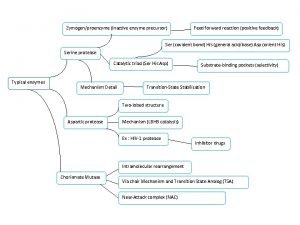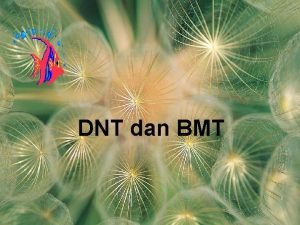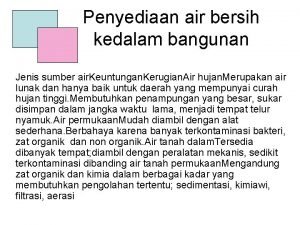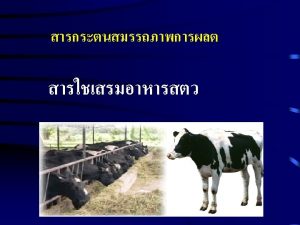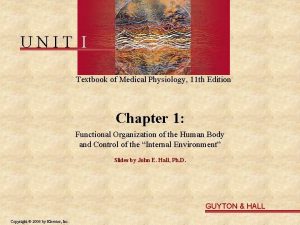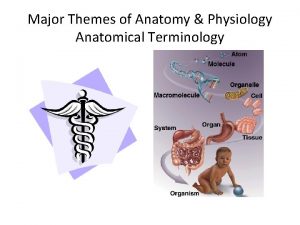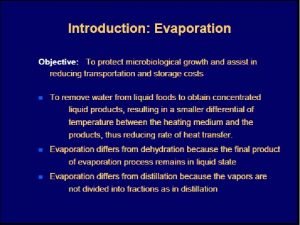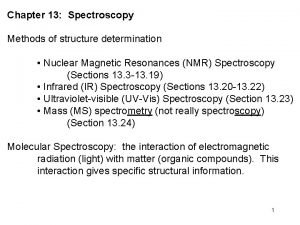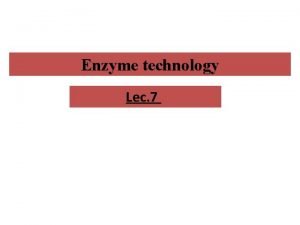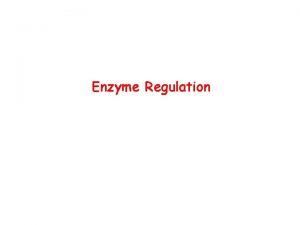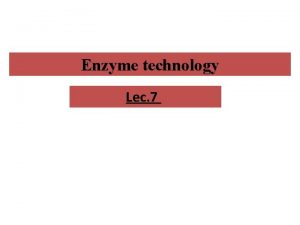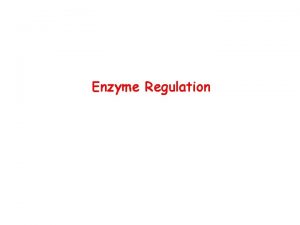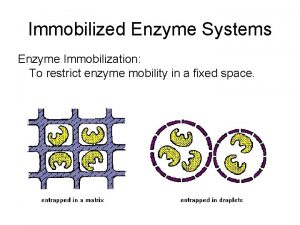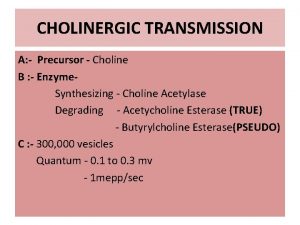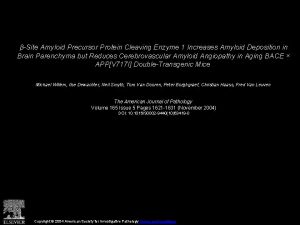Zymogenproenzyme inactive enzyme precursor Feed forward reaction positive














- Slides: 14

Zymogen/proenzyme (inactive enzyme precursor) Feed forward reaction (positive feedback) Ser (covalent bond) His (general acid/base) Asp (orient His) Serine protease Catalytic triad (Ser His Asp) Typical enzymes Mechanism Detail Substrate-binding pockets (selectivity) Transition-State Stabilization Two-lobed structure Aspartic protease Mechanism (LBHB catalysis) Ex : HIV-1 protease Inhibitor drugs Intramolecular rearrangement Chorismate Mutase Via chair Mechanism and Transition State Analog (TSA) Near-Attack complex (NAC)

Ch 14 Part III 重點整理 What Can Be Learned From Typical Enzyme Mechanisms? Part III用三種酵素的例子來描述前面提過的mechanisms: 例二: The aspartic 例一: The serine protease: → covalent catalysis, →general acid-base catalysis, substrate selectivity, LBHB 例三: Chorismate mutase: → NAC

The serine protease: (以Ser為活性中心的蛋白酶) Serine protease family 包含: -消化道酵素: typsin, chymotrypsin, elastase (分泌時以zymogens型態出現) - 凝血蛋白酶: Thrombin (詳見Ch 15) Catalytic Triad (三個主要的活性中心) His 57, Asp 102, Ser 195 Zymogen (酵素前驅物) *Positive feedback 可自身活化 經水解反應 (hydrolysis) 或構形改變 (configuration change) 使active site 暴露 Active enzyme

Covalent catalysis & general acid-base catalysis 詳見: “The Serine Protease Mechanism in Detail” (p. 62~p. 65)



Transition-State Stabilization in the Serine Proteases • The chymotrypsin mechanism involves two tetrahedral oxyanion intermediates • These intermediates are stabilized by a pair of amide groups that is termed the “oxyanion hole”

例二: The aspartic protease: →general acid-base catalysis, LBHB • All involve two Asp residues at the active site • These two Asp residues work together as general acid-base catalysts • Most aspartic proteases have a tertiary structure consisting of two lobes (N-terminal and C-terminal) with approximate two-fold symmetry

Aspartic Protease Mechanism LBHB

例三 Chorismate mutase: Intramolecular rearrangemen 分子內重組

Two possible mechanisms of chorismate rearrangement reaction

Use TSA to understand the chair mechanism of chorismate mutase A structure that resembles a NAC

習題(課本) Tosyl-L-phenylalanine chloromethyl ketone (TPCK) specifically inhibits chymotrypsin by covalently labeling His 57 Q 1. State why this inhibitor is specific for chymotrypsin. Ans: TPCK is specific for chymotrypsin Tosyl-L-phenylalanine chloromethyl ketone (TPCK) because the phenyl ring of the phenylalanine residue interacts effectively with the binding pocket of the chymotrypsin active site. Q 2. Propose a reagent based on the structure of TPCK that might be an effective inhibitor of trypsin. Ans: Replacement of the phenylalanine residue of TPCK with arginine or lysine produces reagents that are specific for trypsin.

serine 195
 Feed up feedback
Feed up feedback Feed up feed back feed forward
Feed up feed back feed forward Alteration of food
Alteration of food Feed enzyme
Feed enzyme Feed enzyme
Feed enzyme Perbedaan feed additive dan feed supplement
Perbedaan feed additive dan feed supplement Sistem down feed
Sistem down feed Feed additive dan feed supplement
Feed additive dan feed supplement Feed-forward control physiology
Feed-forward control physiology Feedforward communication
Feedforward communication Circulatory system
Circulatory system Backward feed evaporator
Backward feed evaporator Dbpr voluntary inactive
Dbpr voluntary inactive Neutral denotation
Neutral denotation Nmr active and inactive nuclei
Nmr active and inactive nuclei


